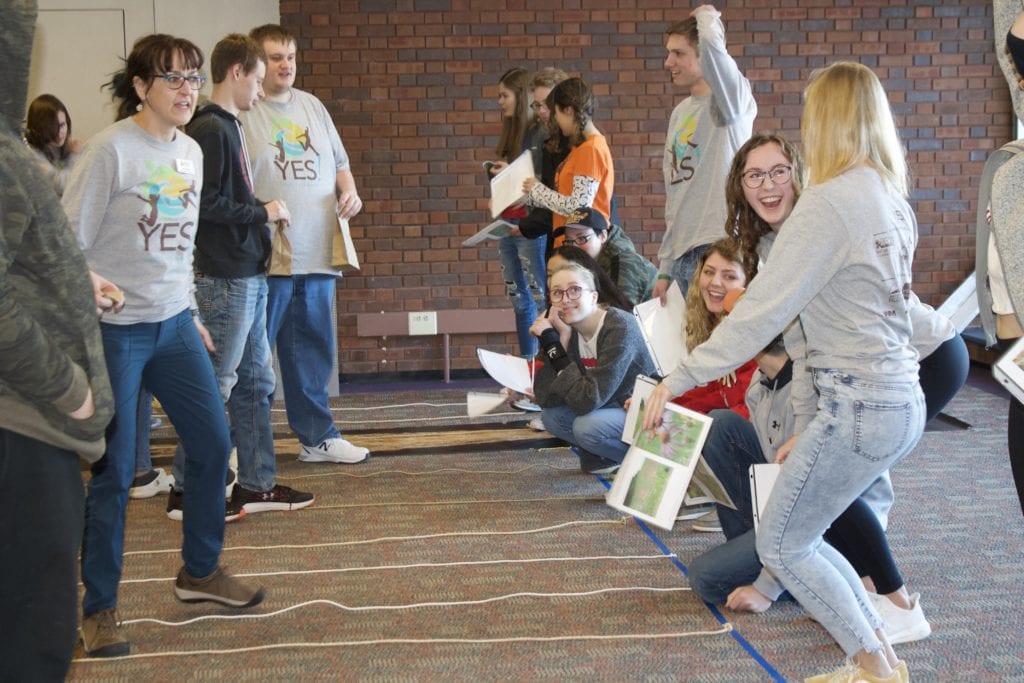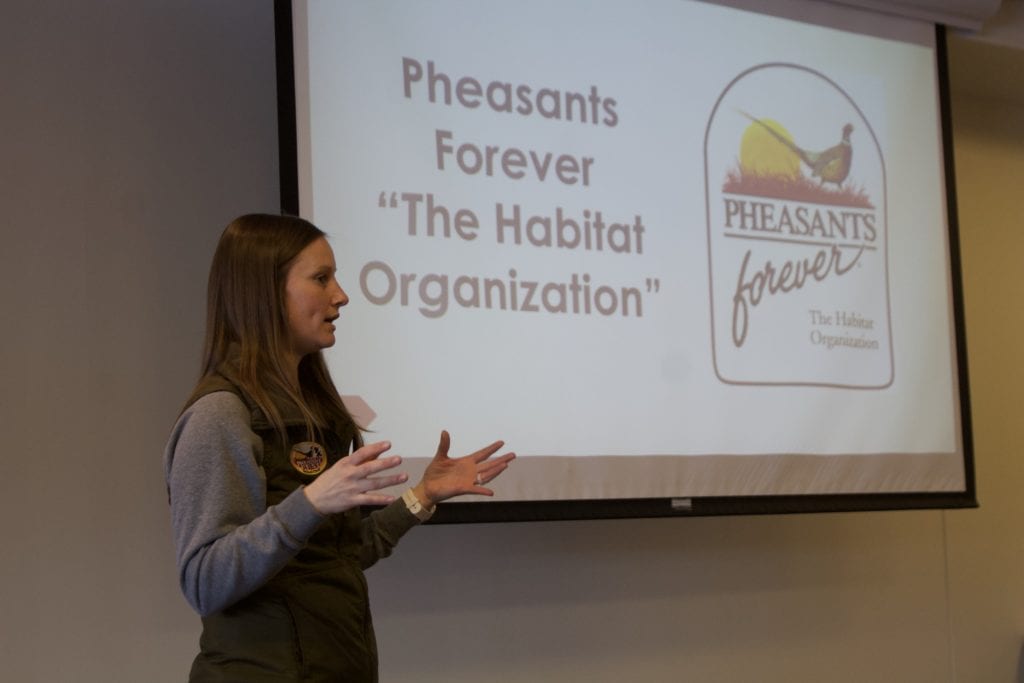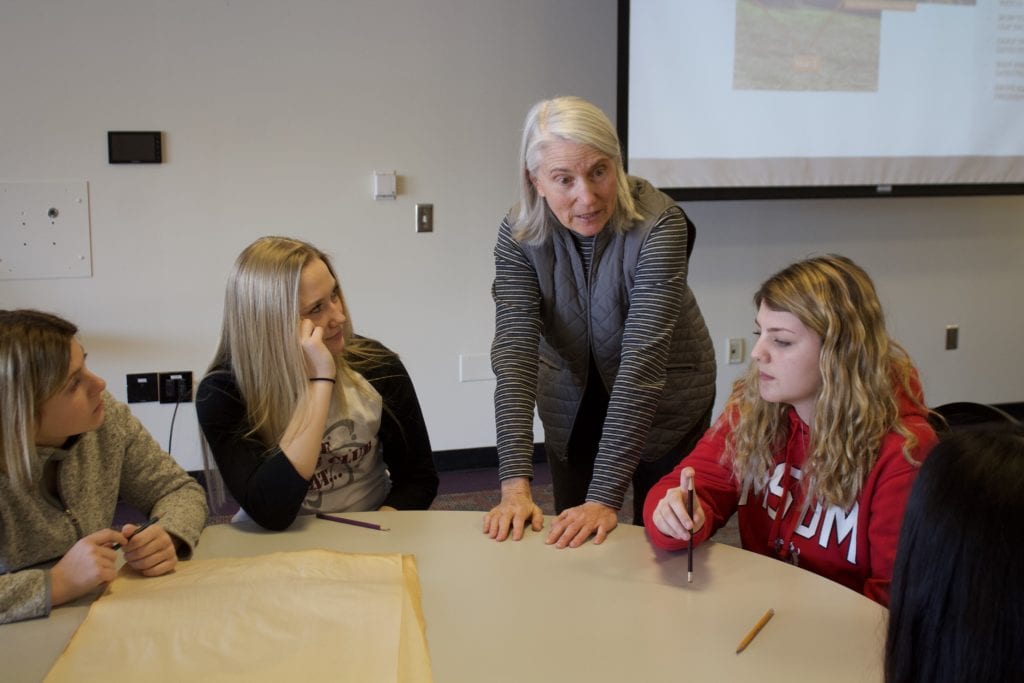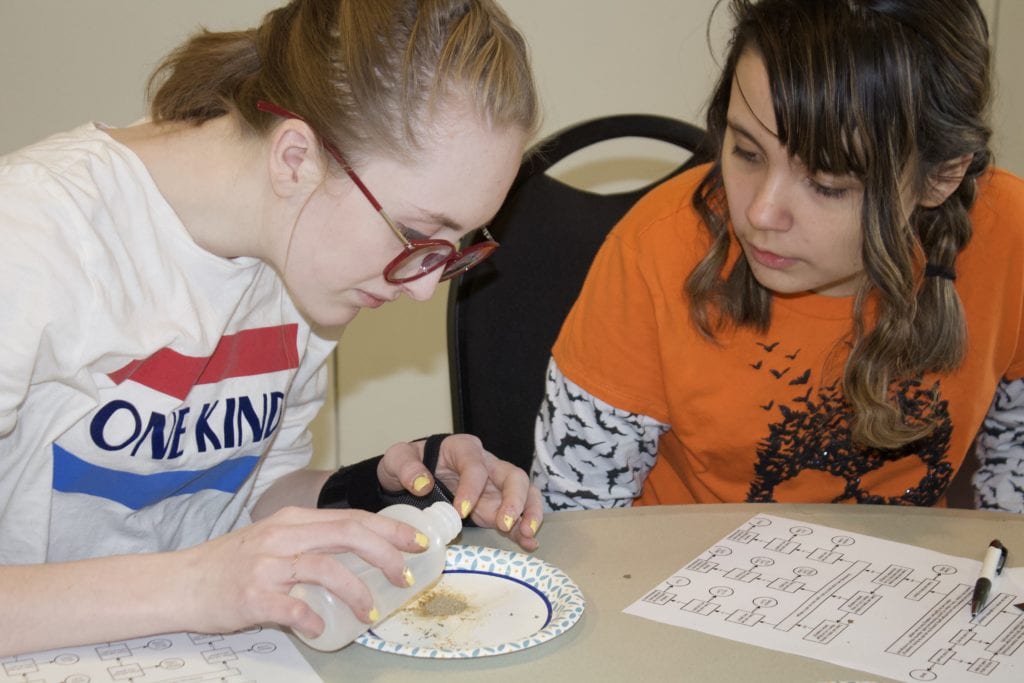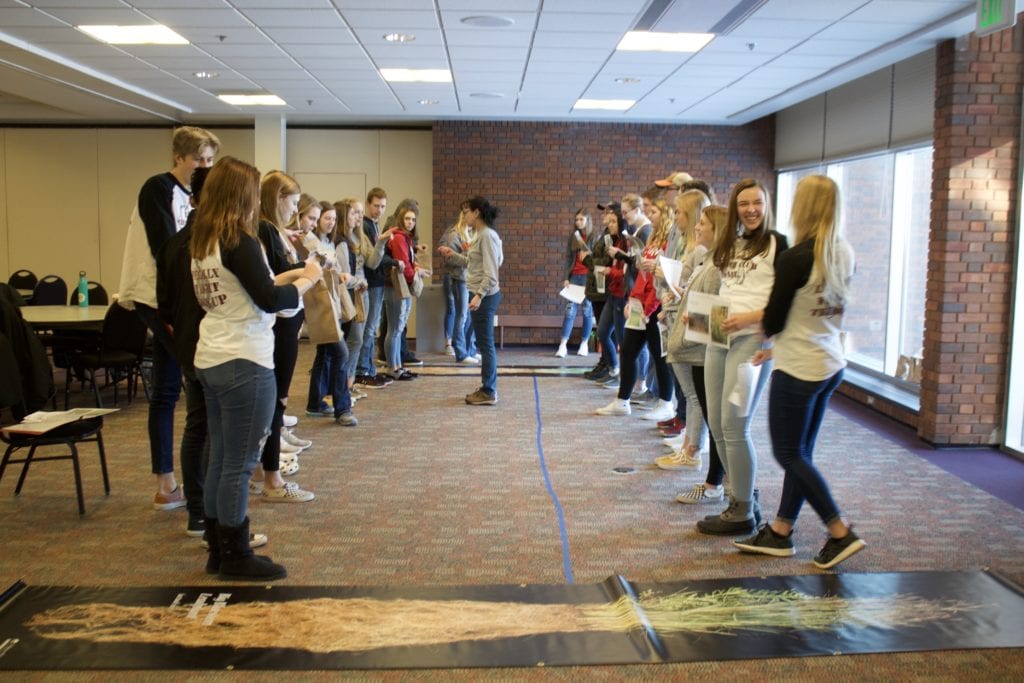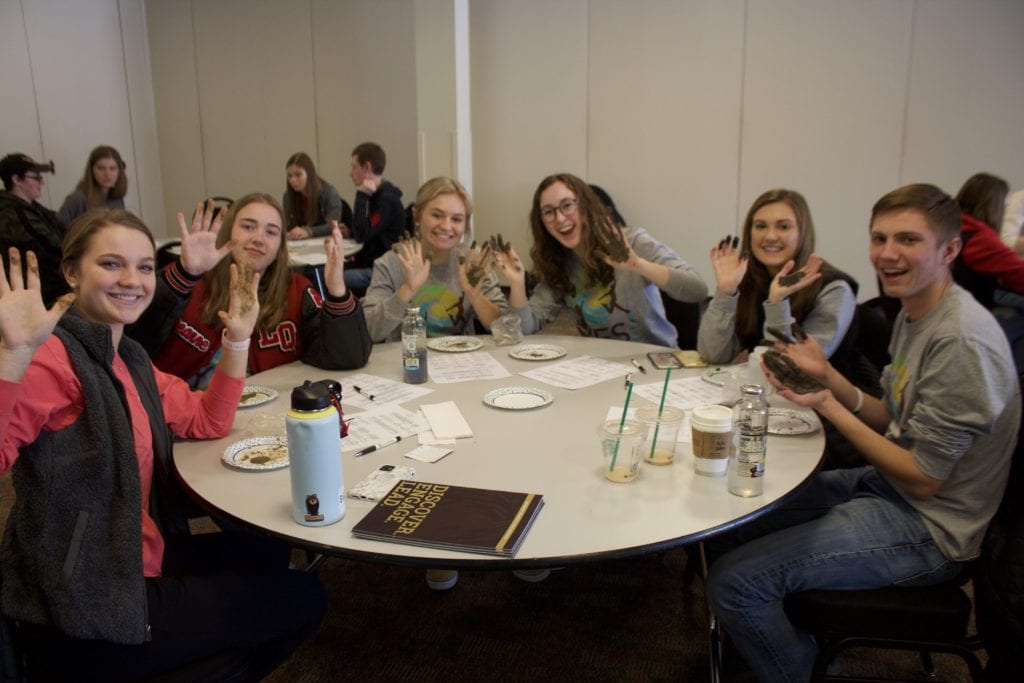Written by Taylor Templer, West Central YES! Coordinator
On February 26th, Youth Eco Solutions (YES!) held a workshop at Southwest Minnesota State University in Marshall, MN called Southern Prairies. 30 high school students from Yellow Medicine East, Lac qui Parle Valley, and Westbrook-Walnut Grove attended the workshop to gain knowledge about prairie habitat, native plants, soil, and water quality. The day started out with an interactive activity to demonstrate the root lengths of native prairie plants which measure 5-15 feet, in comparison to common lawn grass which only measures a few inches. Students learned that native prairie plants have extensive root systems that play an important role in holding soil in place to prevent erosion, improving the soil’s ability to infiltrate water, and reducing runoff and wet conditions on the landscape.
After the activity, Sara Reagan, Lac qui Parle Farm Bill Wildlife Biologist for Pheasants Forever was invited to talk to the students about native prairies and wildlife habitat. Students learned the benefits of native prairies including their rich biodiversity and environmental benefits and how the students can restore prairies in their own communities through the Conservation Partners Legacy Grant Program.
Beth Markhart, Senior Restoration Ecologist at WEST, Inc. talked with the students about ecological principles and restoration practices within the renewable energy field. Beth showed a photo of a solar array with ponded water and bare soil then had the students play various roles including a restoration ecologist, an electrician, a contractor, and a farmer/land owner to work together to solve the problem. This gave the students an idea of the various stakeholders in a restoration project and how the outcome, if done right, can benefit all involved.
Shelby Flint, Assistant Professor of Biology at Southwest Minnesota State University talked with the students about soil and brought soil samples for them to look at. Students learned about the different particles in soil including sand, silt, and clay, and the various properties of soil. Then students had the opportunity to get their hands dirty by performing a feel test on a few soil samples, the students had to follow a flow chart to determine what texture the soil was such as sandy loam or silty clay.
After lunch, Diana Macziewski from the Minnesota Pollution Control Agency was also there to talk to the students about water quality in Minnesota, how the MPCA monitors water quality, and how land use has an effect on water quality. Students were able to look at some of the monitoring equipment that Diana uses to test for water quality. After learning all about native plants, soil, and water quality, the students made seed bombs which are made of soil, clay, and native wildflower seeds that students can toss into a barren spot and watch grow! We hope that the students continue to grow in knowledge just as their seeds will continue to grow in soil.
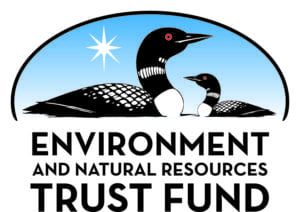
Major funding for the YES! program was provided by the Minnesota Environment and Natural Resources Trust Fund as recommended by the Legislative-Citizen Commission on Minnesota Resources (LCCMR).
